
Collection of Mana – Review
One of the big surprises of the 2019 E3 Nintendo Direct was the release of Square Enix’ Collection of Mana. The collection had been available in Japan for over two years before coming to the West, and the eShop version was released directly after the E3 presentation. Keeping in mind that these are essentially ports of a Game Boy game, a SNES game, and a Super Famicom game (which is arguably the main draw here, never having been released outside of Japan), the price point is pretty steep, however. Is it worth spending your hard-earned cash on this collection of classics?
Story
Although certain plot elements are shared between the three games, each game has its own standalone story. Keeping in mind that these are Game Boy- and SNES-era games, the story is told through basic dialogue in text boxes at the bottom of the screen. The first game, Mystic Quest (or Final Fantasy Adventure, as it was known in the US) follows a young hero as he escapes his life as a gladiator and is unwillingly drawn into a quest to defeat the evil Dark Lord (yes, that IS the name of the villain) to save the Mana Tree. The second game, Secret of Mana, has the protagonist accidentally release all sorts of monsters into the world when he retrieves the rusty sword of Mana from a stone. After being banished from his home village, the protagonist is then sent on a quest to restore power to the sword in order to restore balance to the world. Finally, the third game, Trials of Mana, switches things up by introducing three player characters to choose from. Each of them has their own story arc, adding replay value, although each storyline once again involves going on a quest to defeat a big bad.
It’s all pretty basic stuff as far as plotlines go, and most of the enjoyment comes from character development rather than the events that unfold. Even the original Game Boy game has a surprising amount of depth to the NPCs, with seemingly friendly characters betraying you and unexpected self-sacrifices. Both the GBA-remake of Mystic Quest and the upcoming Switch remake of Trials of Mana provide a far more fleshed out story, but there is an undeniable charm to the simplicity of these games of yesteryear. It should be noted that the series started as a spin-off of the much more popular Final Fantasy games, with a Chocobo making an appearance in Mystic Quest, accompanied by Nobuo Umematsu’s famous music. After the first game, however, the Mana series went its own way and no more references to Final Fantasy were made.
Graphics
As these are direct ports of games originally intended for Game Boy and SNES, it’s more important to look at how well the games have been emulated than to look at the graphics themselves. Thankfully, these are excellent ports: there is no lag or screen flickering to be found, something that can be quite common when running older games on newer hardware. Colors are crisp, sprites are well-defined: these games have never looked better. The games were originally presented in a 4:3 aspect ratio, but current-day TVs have an aspect ratio of 16:9, as does the screen of the Switch. This is remedied by a great-looking frame that fills out the screen fully. Mystic Quest even allows you to choose between various color schemes to display the game, ranging from crystal clear black and white to the muddled green tones of the original Game Boy screen.
Sound
The Mana-series is renowned for its music, and for good reason. Composer Kenji Ito was aware of the limitations of the Game Boy and managed to draw out the full potential of the hardware, with tracks like Endless Battlefield and Rising Sun among the best music ever to be found on the classic handheld. No less impressive is Hiroka Kikuta’s work on the two other games, with tunes that are sure to stick with you far until after you’re done playing. The music is the standout here, the other sounds, such as the effects of spells and items, are rather generic. This is a testament to the aforementioned limitations of the then-current hardware, but it also further amplifies how impressive it is that the music stands out as much as it does.
Gameplay
The games play like a cross between the original Legend of Zelda and the Final Fantasy series, and the gameplay is roughly the same in all three games. Your ultimate goal is to defeat the big bad of the respective game (or storyline) that you selected, but to do so you need to go on an epic quest. The player character is controlled in real-time as he explores the world, presented from a top-down view. Enemies appear on the screen and combat is in real-time rather than turn-based. At first, these enemies will take several hits to kill, but as you grow stronger, you’ll eventually kill them with a single hit. While you play through the story, you freely explore the overworld, running from story event to story event, occasionally exploring a cave or dungeon, with a boss fight waiting at the end.
As you take part in all of this, you’ll gain experience and equipment. Kill enough enemies and you’ll level up, increasing your stats. Although limited in practical use, every time you level still somewhat customize your character depending on your preferred playstyle: you can for example focus on improving your magical skills, so that you can cast more spells before running out of MP, or you can choose to improve your strength, in order to cause more damage. You are often joined by NPCs that relate to the part of the story you find yourself in. These will follow you around and attack enemies or lend other skills but are not directly controlled by the player.
Dungeons are multi-room affairs and will require you to solve puzzles. These range from hitting switches in the right order while riding a minecart to finding hidden passageways by breaking a wall with a mattock after it makes a specific sound when you hit it with your weapon. A special mention should go to the legendary “Palm Trees and 8” puzzle from Mystic Quest: the clue the game gives you here is so cryptic that it’s nearly impossible to solve without looking up the solution.
Conclusion
Let there be no doubt about it: this is a fantastic collection of games that have stood the test of time incredibly well. If you even remotely think of picking up the new Mana game next year, you owe it to yourself to give these games a go on your Switch. It might be advisable to wait for a sale, however, as even though the games are among the best of the Game Boy and SNES era, you’re still paying the price of a modern AAA-game for three ports of games that are over 20 years old.
Collection of Mana - Review,
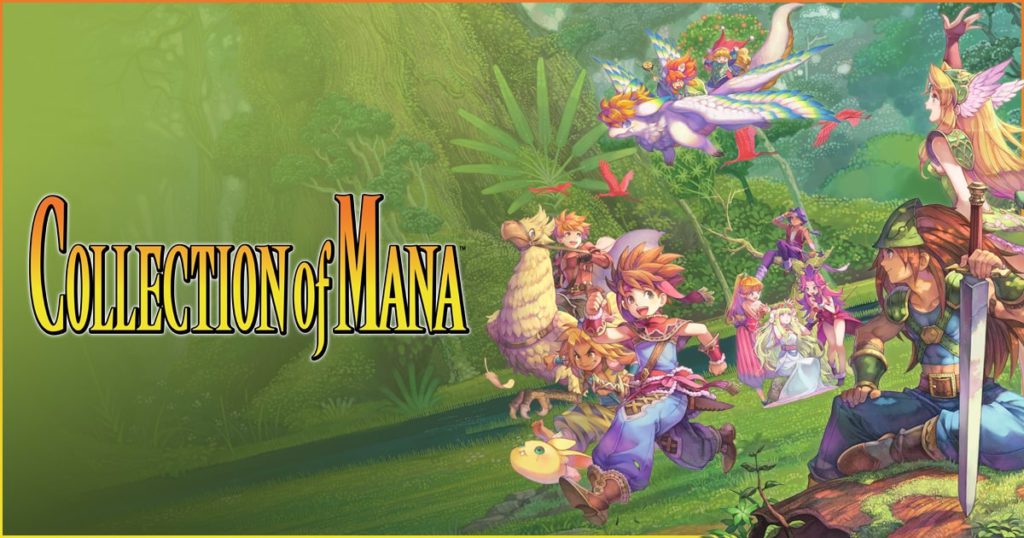
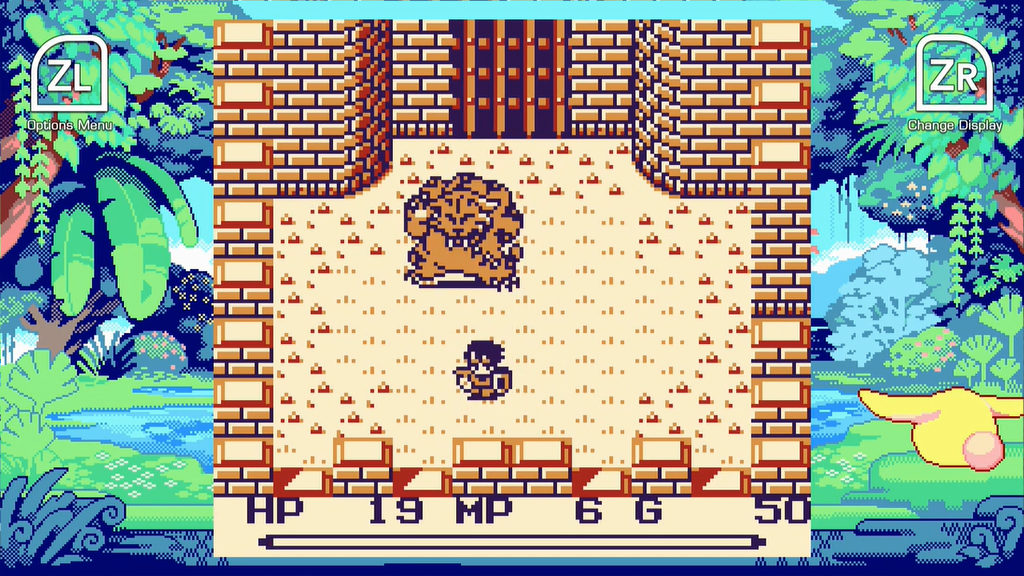
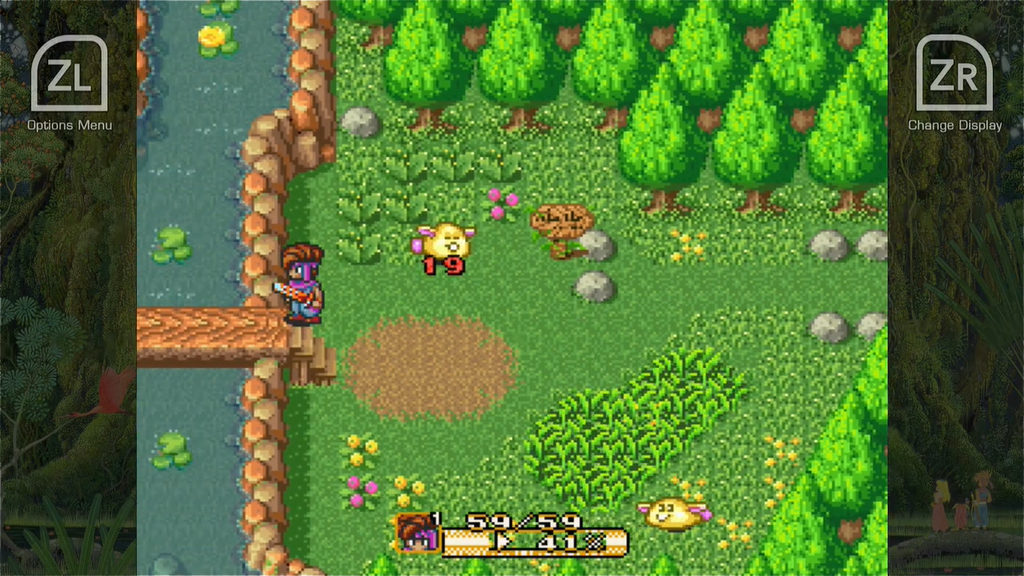
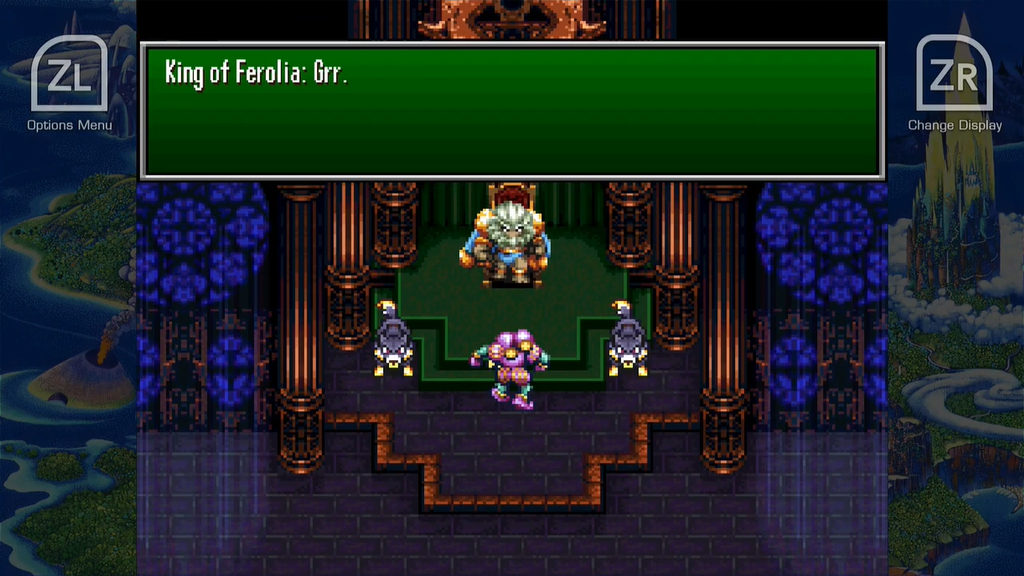
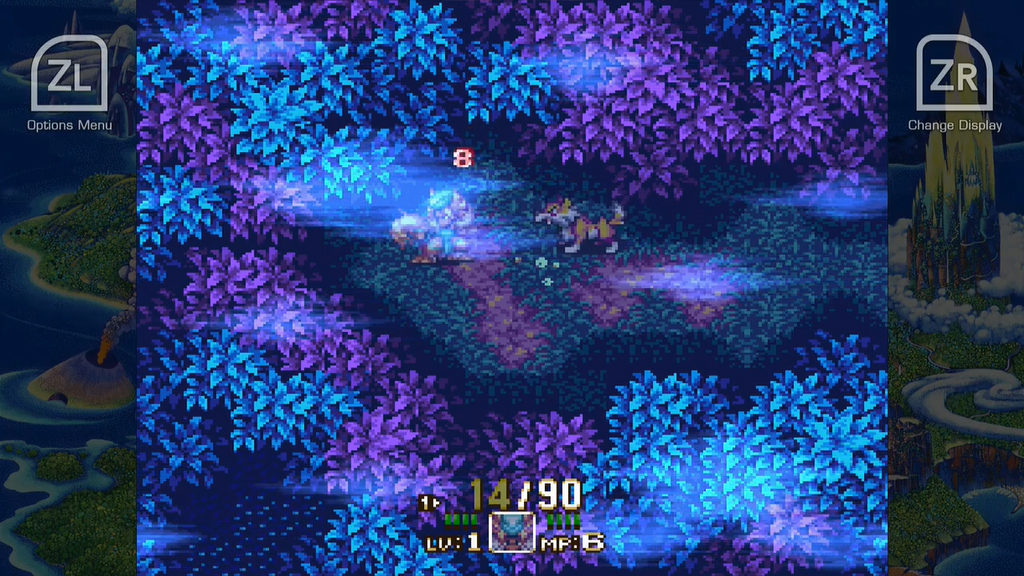
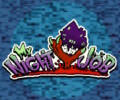
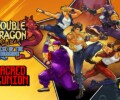


No Comments